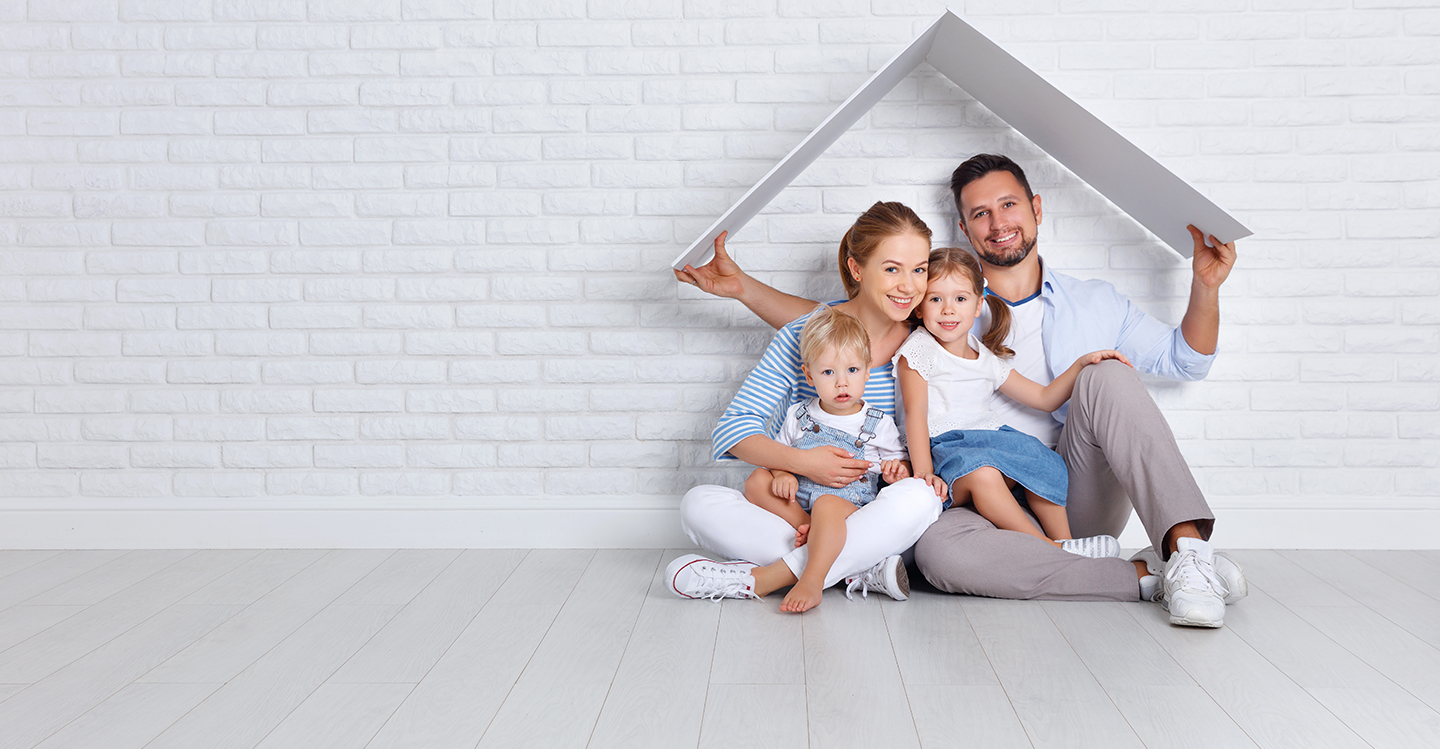As a first-time parent, you may be wondering how much room your newborn needs. Babies and their belongings can take up relatively little space. Here are some tips for storage and organisation solutions when welcome your newest family member to the home.
While many first-time parents wonder whether they have enough room in their house, the arrival of a newborn shouldn’t put too much pressure on your living situation in terms of space. Far from needing an entirely new room, newborn babies take up relatively little space.
Your newborn can barely move
Although they sure can flail their arms and legs around, babies don’t start crawling until they are around six or seven months old. Between their cot, your arms, and maybe a playmat, a newborn doesn’t yet need its own room or massive amounts of space to explore.
Babies should sleep in your room, to begin with
To reduce the risk of SUDI (sudden unexpected death in infancy) or SIDS (sudden infant death syndrome), the Australian government recommends that babies spend the first six to 12 months of their lives sharing a bedroom with their parents or parents.
Changing mats vs. changing tables
Changing tables are great for convenience: they’re the right height, they’re good for storage and everything you need for changing your baby is kept in one place. However, if you’re short on space, a changing mat can do the trick.
Changing mats take up next to no space, can be laid down wherever is convenient, are highly portable, and have easily washable surfaces. Another benefit that comes with using a changing mat on the floor is that it removes the risk of falls. However, if you choose to use them on higher surfaces like a bed, be sure to take care as they lack the safety railings featured in some changing tables.
Nappies
Frequent nappy changes are a reality for all newborns. And while disposable nappies can be a godsend for this reason, they can also be bulky and take up a large amount of storage. The much less space-demanding alternative is to use cloth nappies, which are reusable and can be banished to the washing machine until laundry time.
Toiletries, clothes, and toys
- Any baby toiletries are easy enough to add to the bathroom cabinet or to an additional shower caddy.
- There are some things that can’t be substituted, and your baby will need storage for their own wardrobe and bedding. Fortunately, there are many clever ways to optimise the storage of your home, such as using pull-out boxes beneath your bed or installing an additional clothes rod in your closet.
- Remember that toys and books aren’t much fun to very young babies, and they will be content with a few favorites until they get a bit older – there’s no need to go overboard early.
Prams, baby carriers, and capsules
- If you’re buying a pram, opt for one that folds up or can be stored in your car when not in use – the very light ones can be mounted indoors on a wall hook as some bikes are.
- Just be sure the pram complies with Australian safety standards.
- Baby carriers occupy very little space and can be hung up on a coat hook.
- Capsules will spend most of the time in the car.
So if you’re short on household space – don’t fret! Enjoy the opportunity to spring clean and to be creative with your storage in those first six to 12 months.



